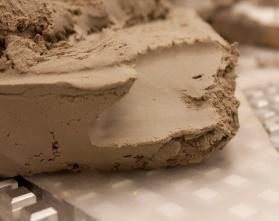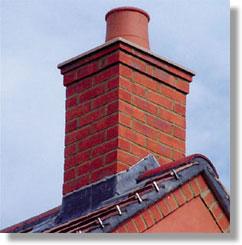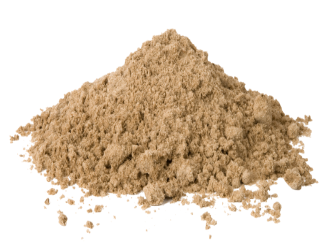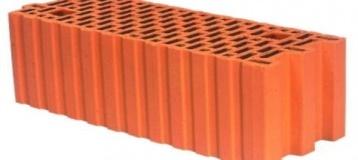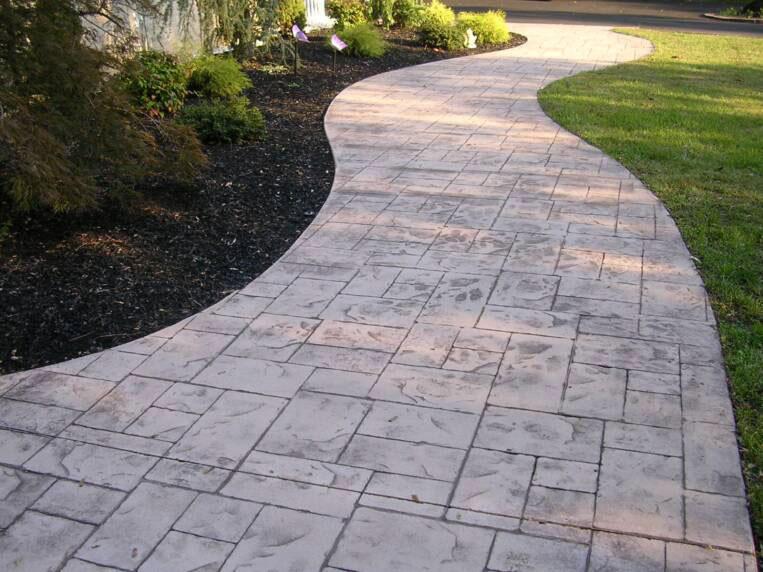
- •Intelligent houses
- •Preindustrial interiors: structure and space
- •Fig. 1. The Skeleton of a Simple Building
- •Machine-age interiors: dominance of mechanical and electrical systems
- •Fig. 2. Mechanical and Electrical Networks
- •Fig. 3. A two-storey house
- •Text c
- •1. A wall
- •Fig. 4. Smart Pot
- •Video Monitor
- •Smart Air Conditioner
- •Intelligent houses
- •Fig. 5. Buildings of the 21st century are acquiring electronic nervous systems
- •Fig. 6. Intelligent Systems
- •Unit 5 building materials
- •In our everyday lives, but define the environment in which we live.
- •Materias for construction
- •Text d bricks
- •Steel and other metals
- •Text g glass
- •In your group discuss what materials you would choose and why. Then present it to others, explaining your decision.
Text d bricks
|
Exercise 23. Read the text and label the pictures.
| |
|
Bricks are made from clay. Clay is dried, preheated and fired at 800–1100°C for about three hours. Some types of high-fired bricks are fired at 1100–1200°C. Brick fired at sufficiently high temperatures so that it sinters completely (fireproof brick) is used mostly in chimneys and fireplaces. Brick with a varying degree of high-firing characteristics is available. And it is best to use brick which has been fired at as low a temperature as possible. There are solid bricks and hollow bricks. Additives such as sand, sawdust or finely ground brick can be added to minimize shrinkage during firing. When sawdust is added, it burns off and leaves spaces that have an insulating effect. Brick is, in principle, maintenance-free. A new product is honeycomb brick. Walls made with this are no thicker than 2–3mm. It is made of especially fine-pored clay using thin cellulose fibres as porosity builders. With honeycomb brick, insulation values similar to lightweight concrete can be achieved. Brick can be used as construction material, lining, and floor and ground covering (pavers). There are also special hollow brick block units that can be used in ceilings or walls as well as in floor structures. Brick surfaces can be treated with linseed oil (floors), can be polished, whitewashed or painted (walls). Bricks can be reused after the mortar has been removed. If brick is to be reused, quality control checks for compressive strength, frost resistance and contamination should be carried out. |
1.______________
2._____________
3._____________
4.______________
5.__________ _________
|
Exercise 24.Answer the questions.
What is brick made from?
Why is brick fired at high temperatures?
Where is such brick used?
What types of bricks are there?
What additives can be added to minimize shrinkage during firing?
What is honeycomb brick?
How can brick be used?
How can brick surfaces be treated?
Exercise 25.Complete the sentences with the missing information.
Clay is dried, _________ and _________ at 800-11000C for about three hours.
Brick fired at _________ __________ temperatures.
There are _________ and __________ bricks.
Additives such as ________, ________ or _______ _______ brick can be added.
Brick is _________________.
Honeycomb brick is made of ________ ___________ clay.
Exercise 26. Work in pairs. Find the sentences with these words in the text. Then use them in your own sentences.
|
|
Exercise 27.Search the Internet and find out about the disadvantages of bricks. Complete the table using the information from the text.
|
ADVANTAGES |
DISADVANTAGES |
|
|
|
Exercise 28.Write a summary of the text using the flow chart.
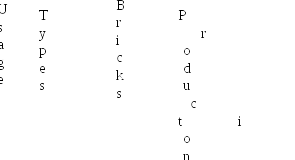
Text E
Exercise 29. Match the words with their meanings.
|
|
|
|
|
|
|
|
|
|
|
|
|
|
|
|
|
|
Exercise 30. Readthetextandfillinthegapswiththe words from the box.
|
slabs versatile gravel columns rods offset manufacture vast building material |
|
CONCRETE Concrete has been used as a _________ ________ for centuries. It is a mix of cement with an aggregate, traditionally stone chippings or ________. Concrete is generally used in construction, where it is poured to form ______ for floors and foundations, or into moulds (called shuttering) to form vertical features such as walls or ________. It is often used in conjunction with steel reinforcing _______ that combat tensile and shearing forces, but it is a very _________ material. It is increasingly used for its decorative qualities as it can be polished and coloured. The gravel aggregate can be exposed, or other materials (such as crushed recycled glass) may be substituted, which give new opportunities for colour and texture when the surface of the concrete is polished. However, the manufacture of cement used for concrete uses ______ amounts of energy and produces a great deal of pollution, to the extent that many designers choose not to use the material because of the environmental harm that it causes. If used in large quantities in a structure, though, this damage may be ______ by the thermal store effect of the mass of concrete which helps to regulate temperature. Considered over a period of at least 15 years (depending on the installation), this can offset energy used during manufacture. |
|
Exercise 31.Answer the questions.
What is concrete made of?
Where is it generally used?
Concrete is often used in conjunction with steel reinforcing rods, isn’t it?
Can it be polished and coloured?
What gives substitution of materials?
Does concrete production cause a great deal of pollution?
Exercise 32.Read the text again and choose the best alternative.
Concrete is a mix of cement/ clay with an aggregate.
Concrete is poured into moulds to form horizontal/ vertical features such as walls or columns.
It is a very limited / versatile material.
Other materials may / may not be substituted.
The manufacture of cement uses vast / small amount of energy.
Exercise 33.Write a list of advantages and disadvantages of concrete.
|
ADVANTAGES |
DISADVANTAGES |
|
|
|
Exercise 34.Work in pairs. Find 6 words in the text and make up sentences with them. Then read your answers to your groupmate. Your partner is to guess the words that were taken from the text.
Text F
Exercise 35. Match the words to their definitions.
|
|
Exercise 36.Read and translate the text.

